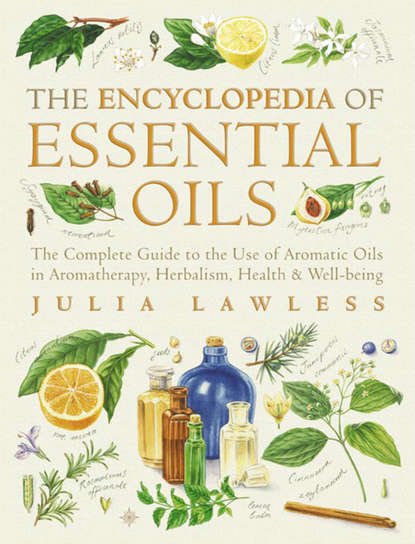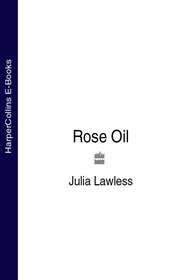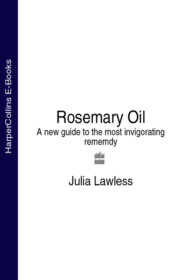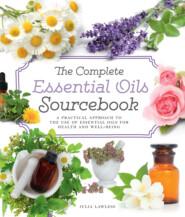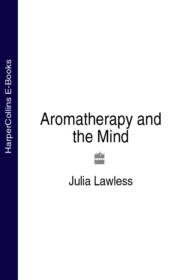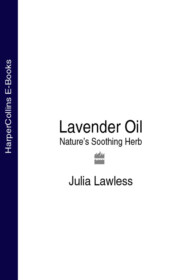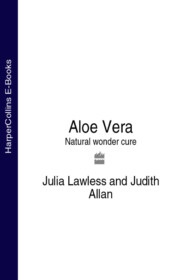По всем вопросам обращайтесь на: info@litportal.ru
(©) 2003-2024.
✖
Encyclopedia of Essential Oils: The complete guide to the use of aromatic oils in aromatherapy, herbalism, health and well-being.
Настройки чтения
Размер шрифта
Высота строк
Поля
Genito-URINARY SYSTEM: Cystitis, leucorrhoea, pruritis, thrush.
Immune System: Colds, fever, ’flu, infectious diseases.
Nervous System: Anxiety, depression and stress-related conditions, having a refreshing and uplifting quality.
OTHER USES Extensively used as a fragrance and, to a degree, a fixative in cosmetics, toiletries, suntan lotions and perfumes – it is a classic ingredient of eau-de-cologne. Widely used in most major food categories and beverages, notably Earl Grey tea.
BIRCH, SWEET (#ulink_0906a372-a617-5055-824f-8a8a7900e766)
Betula lenta
FAMILY Betulaceae
SYNONYMSB. capinefolia, cherry birch, southern birch, mahogany birch, mountain mahogany.
GENERAL DESCRIPTION A graceful tree about 25 metres high which has a pyramidal shape while young. It has bright green leaves and a dark reddish-brown aromatic bark, which is broken into plates or patches.
DISTRIBUTION Native to southern Canada and southeastern USA; produced mainly in Pennsylvania.
OTHER SPECIES There are numerous species of birch, spanning several continents, such as black birch (B. nigra) found in North America. Not to be confused with the European white birch (B. alba), which produces birch tar oil used in chronic skin diseases.
HERBAL/FOLK TRADITION The cambium (the layer directly under the bark) is eaten in the spring, cut into strips like vermicelli. The bark, in the form of an infusion, is used as a general stimulant and to promote sweating. As a decoction or syrup, it is used as a tonic for dysentery and is said to be useful in genito-urinary irritation. The flavour of wintergreen and birch bark, in the form of a tea, was popular with the American Indians and European settlers. More recently, this has been translated into a preference for ‘root beer’ flavourings.
ACTIONS Analgesic, anti-inflammatory, antipyretic, antirheumatic, antiseptic, astringent, depurative, diuretic, rubefacient, tonic.
EXTRACTION Essential oil by steam distillation of the bark macerated in warm water.
CHARACTERISTICS Colourless, pale yellow or reddish tinted liquid with an intense, sweet-woody, wintergreen-like scent.
PRINCIPAL CONSTITUENTS Almost entirely methyl salicylate (98 per cent), produced during the maceration process. It is almost identical in composition to wintergreen oil.
SAFETY DATA Methyl salicylate, the major constituent, is not exactly toxic but very harmful in concentration.’ It can be absorbed through the skin, and fatal poisoning via this route has been reported.’
’ It is also classed as an enviromental hazard or marine pollutant.
AROMATHERAPY/HOME USE None.
OTHER USES Limited use as a counter-irritant in anti-arthritic and antineuralgic ointments and analgesic balms. Limited use as a fragrance component in cosmetics and perfumes; extensively used as a flavouring agent, especially ‘root beer’, chewing gum, toothpaste, etc. (usually very low-level use).
BIRCH, WHITE (#ulink_29ea44bf-578b-5e11-9ad6-707b73f61676)
Betula alba
FAMILY Betulaceae
SYNONYMSB. alba var. pubescens, B. odorata, B. pendula, European white birch, silver birch.
GENERAL DESCRIPTION Decorative tree, up to 15–20 metres high, with slender branches, silvery-white bark broken into scales, and light green oval leaves. The male catkins are 2–5 cms long, the female up to 15 cms long.
White Birch
DISTRIBUTION Native to the northern hemisphere; found throughout Eastern Europe, Russia, Germany, Sweden, Finland, the Baltic coast, northern China and Japan.
OTHER SPECIES Many cultivars exist of this species of birch. The paper birch (B. papyrifera) and B. verrucosa are also used for the production of birch bud oil and/or birch tar. NB Should not be confused with the oil from the sweet birch (B. lenta) which is potentially toxic.
HERBAL/FOLK TRADITION Birch buds were formerly used as a tonic in hair preparations. Birch tar is used in Europe for all types of chronic skin complaints: psoriasis, eczema, etc. In Scandinavia the young birch leaflets and twigs are bound into bundles and used in the sauna to tone the skin and promote the circulation. The sap is also tapped in the spring and drunk as a tonic. Buds, leaves and bark are used for ‘rheumatic and arthritic conditions, especially where kidney functions appear to need support … oedematous states; urinary infections and calculi.’
ACTIONS Anti-inflammatory, antiseptic, cholagogue, diaphoretic, diuretic, febrifuge, tonic.
EXTRACTION 1. Essential oil by steam distillation from the leaf-buds. 2. Crude birch tar is extracted by slow destructive distillation from the bark; this is subsequently steam distilled to yield a rectified birch tar oil.
CHARACTERISTICS 1. Pale yellow, viscous oil with a woody-green balsamic scent. It crystallizes at low temperatures. 2. The crude tar is an almost black, thick oily mass. The rectified oil is a brownish-yellow, clear oily liquid with a smoky, tar-like, ‘Russian leather’ odour. It blends well with other woody and balsamic oils.
PRINCIPAL CONSTITUENTS 1. Mainly betulenol and other sesquiterpenes. 2. In the tar oil: phenol, cresol, xylenol, guaiacol, creosol, pyrocatechol, pyrobetulin (which gives the ‘leather’ scent).
SAFETY DATA Non-toxic, non-irritant, non-sensitizing.
AROMATHERAPY/HOME USE
Skin Care: Dermatitis, dull or congested skin, eczema, hair care, psoriasis etc.
Circulation Muscles And Joints: Accumulation of toxins, arthritis, cellulitis, muscular pain, obesity, oedema, poor circulation, rheumatism.
OTHER USES Birch bud oil is used primarily in hair tonics and shampoos, and in some cosmetics for its potential skin-healing effects. The crude tar is used in pharmaceutical preparations, ointments, lotions, etc. for dermatological diseases. It is also used in soap and leather manufacture – rectified birch tar oil provides the heart for many ‘leather’ type perfumes and aftershaves.
BOLDO LEAF (#ulink_3c3f1317-2bed-56eb-bd23-bd8e29a1e930)
Peumus boldus
FAMILY Monimiaceae
SYNONYMSBoldu boldus, Boldoa fragrans, boldus, boldu.
GENERAL DESCRIPTION An evergreen shrub or small tree up to 6 metres high, with slender branches, sessile coarse leaves and bearing yellowish-green fruit; when dried the leaves turn a deep reddish-brown colour. The whole plant is aromatic.
DISTRIBUTION Native to Chile; naturalized in the Mediterranean region. Some essential oil is produced in Nepal and Vietnam.
OTHER SPECIES The Australian tree Monimia rotundifolia contains a similar oil, which has been used as a substitute. The oil of chenopodium or wormseed is also chemically related.
HERBAL/FOLK TRADITION The bark is used for tanning, the wood utilized in charcoal making and the fruit eaten by locals. In South America it has long been recognized as a valuable cure for gonorrhoea. In Western herbalism, the dried leaves are used for genito-urinary inflammation, gallstones, liver or gall bladder pain, cystitis and rheumatism. The dried leaves are current in the British Herbal Pharmacopoeia as a specific for cholelithiasis with pain.
ACTIONS Antiseptic, cholagogue, diaphoretic, diuretic, hepatic, sedative, tonic, urinary demulcent.
EXTRACTION Essential oil by steam distillation of the leaves.
CHARACTERISTICS A yellow liquid with a powerful spicy-camphoraceous, disagreeable odour.
PRINCIPAL CONSTITUENTS Cymene, ascaridole, cineol, linalol.





